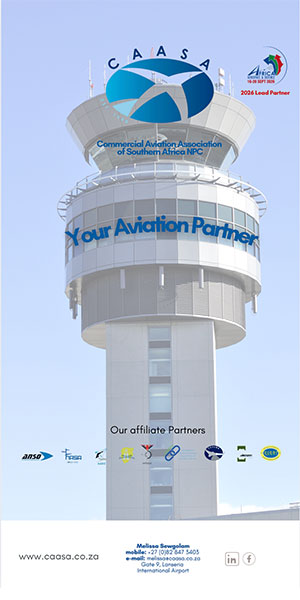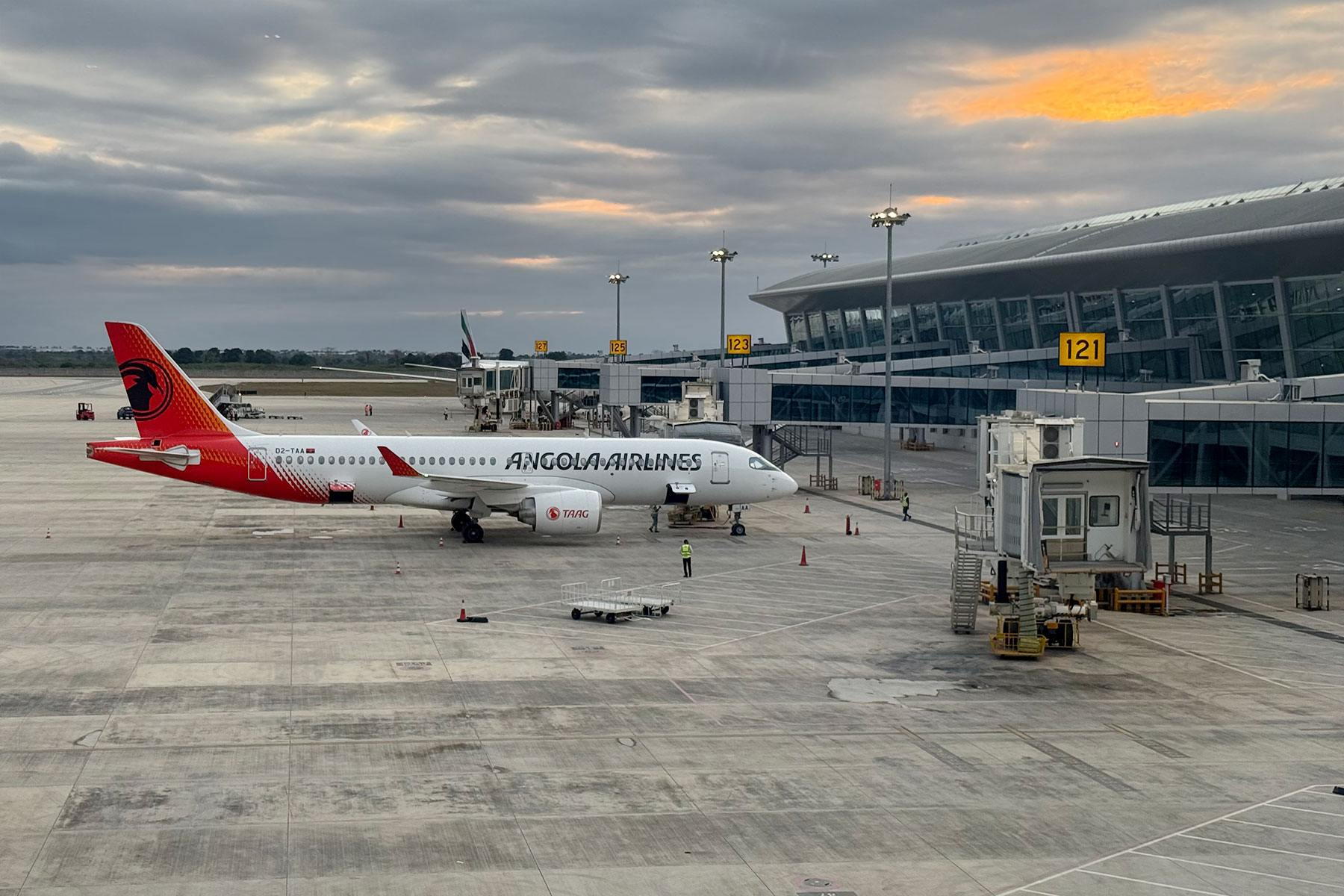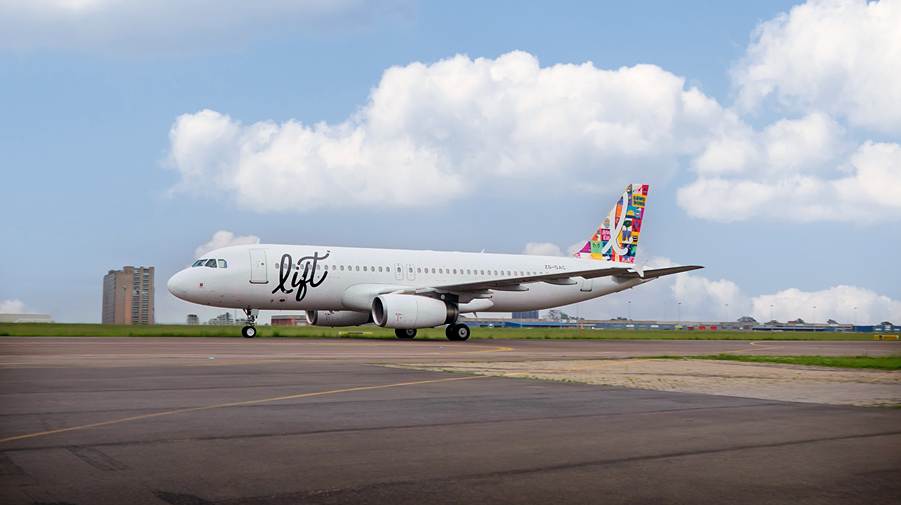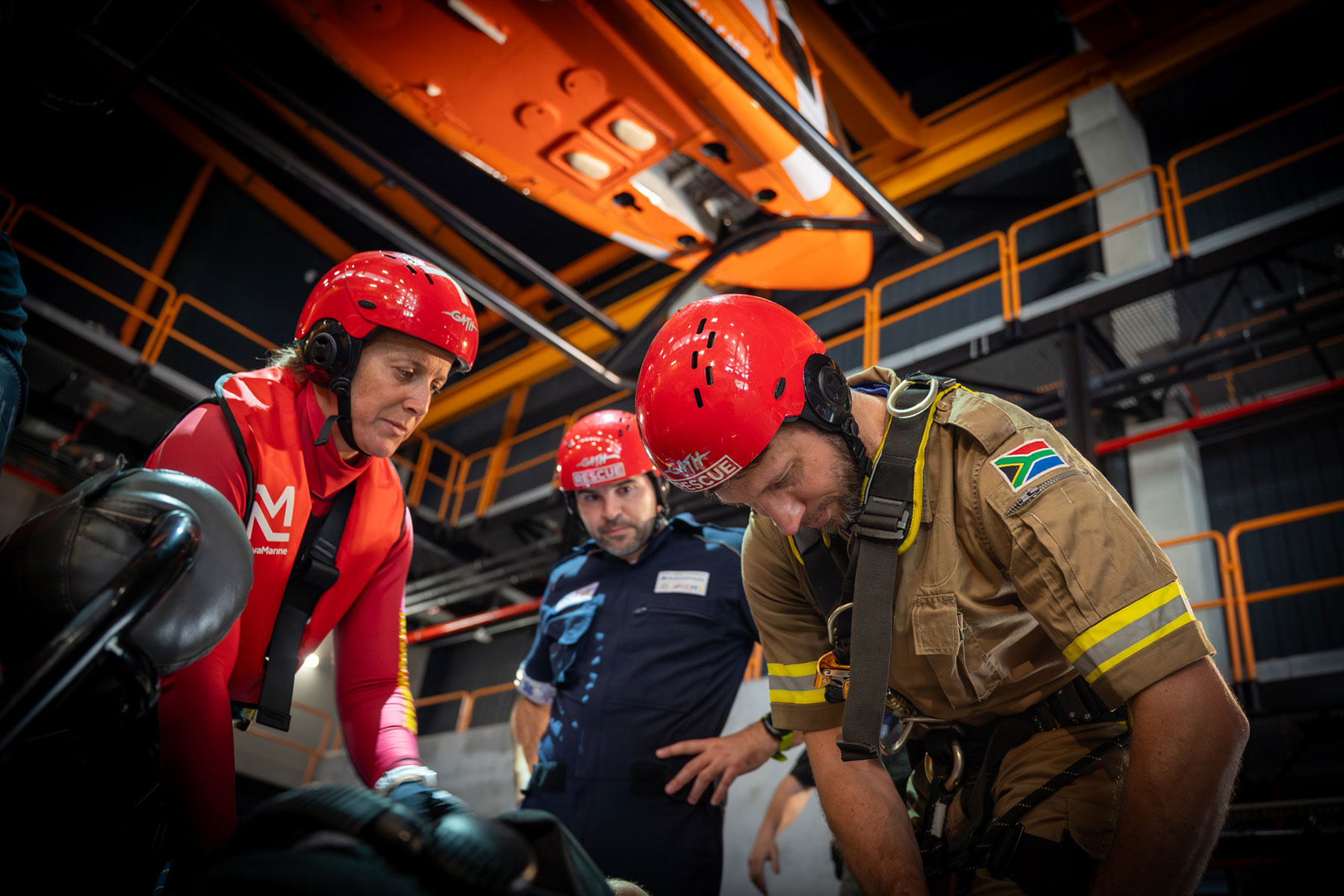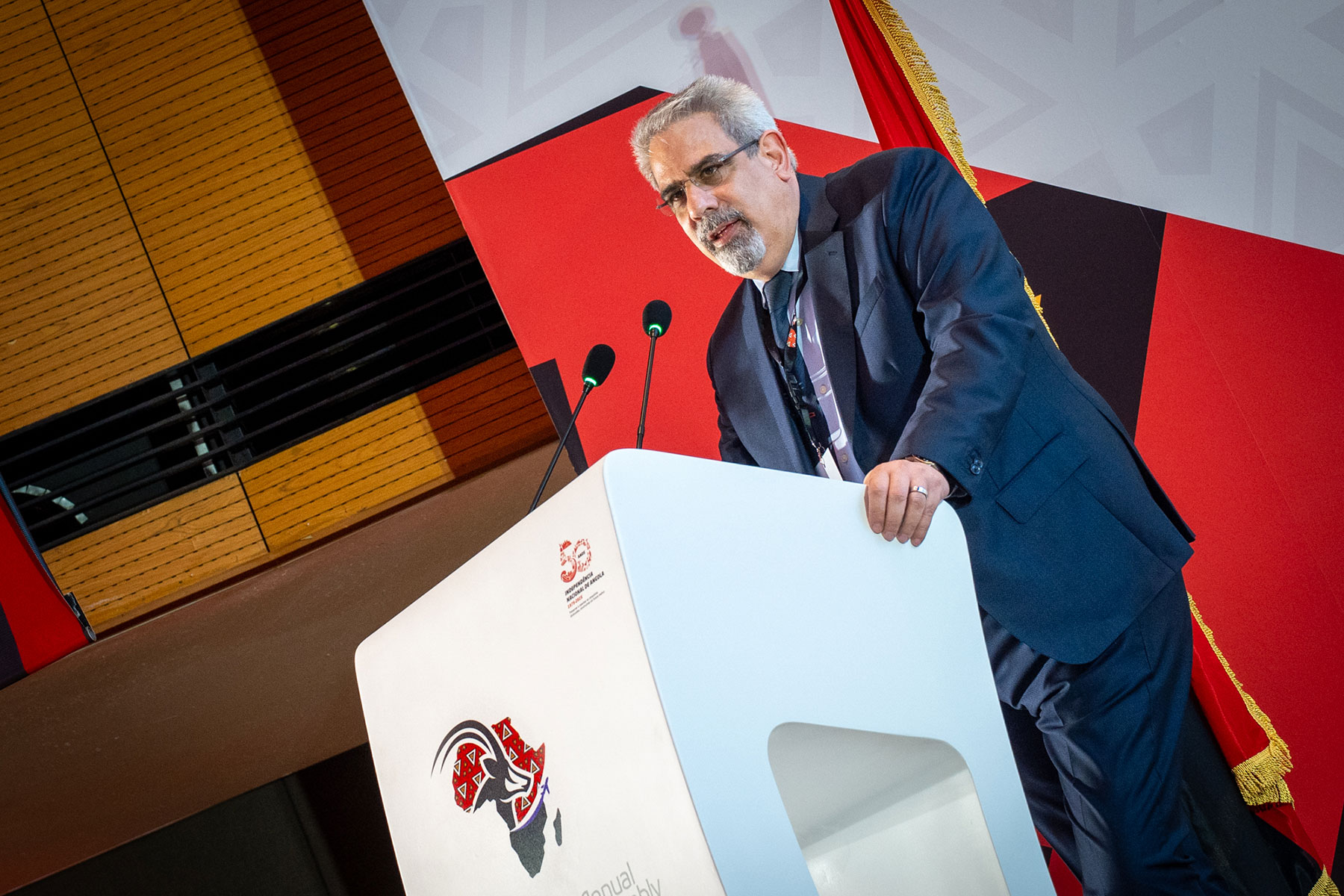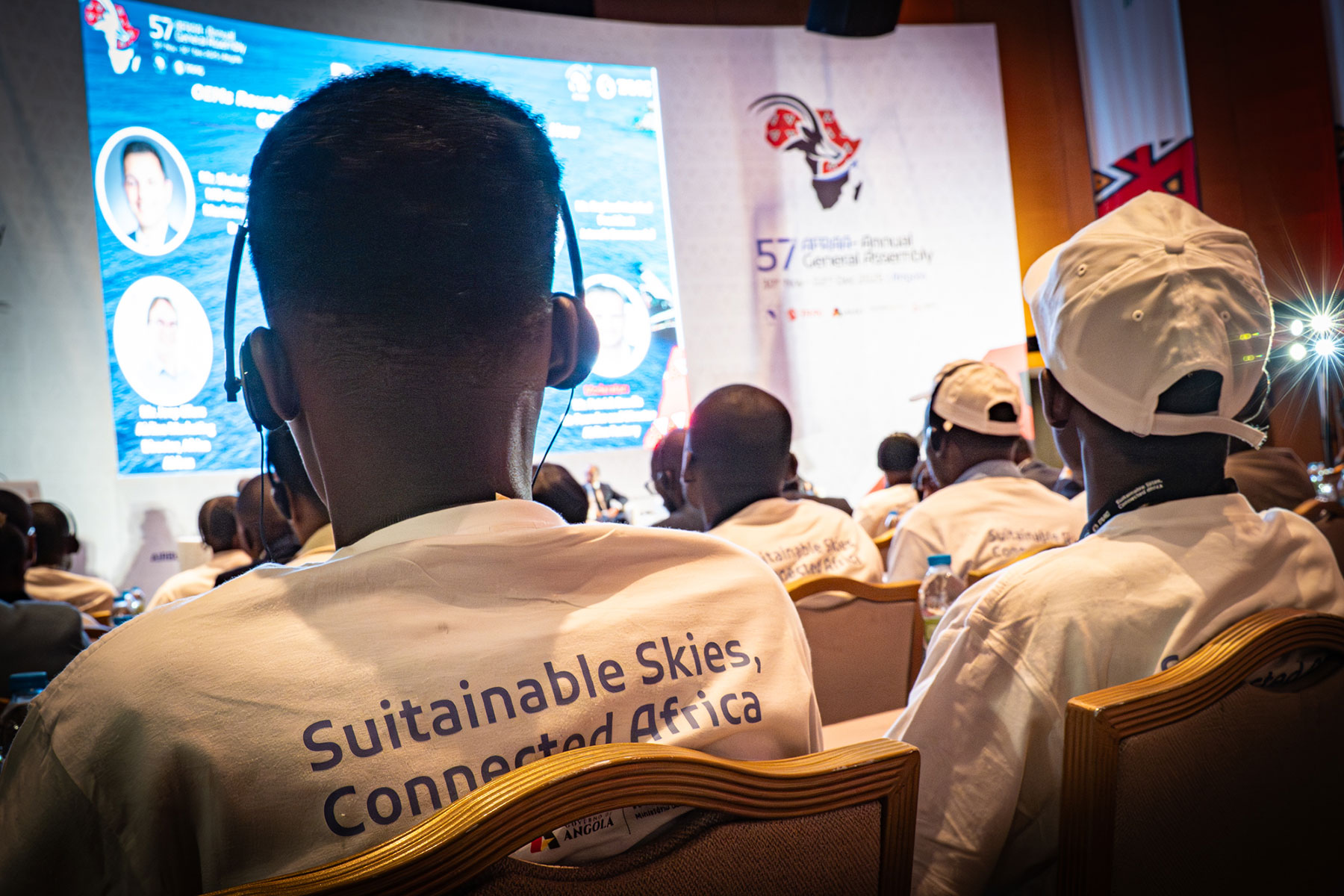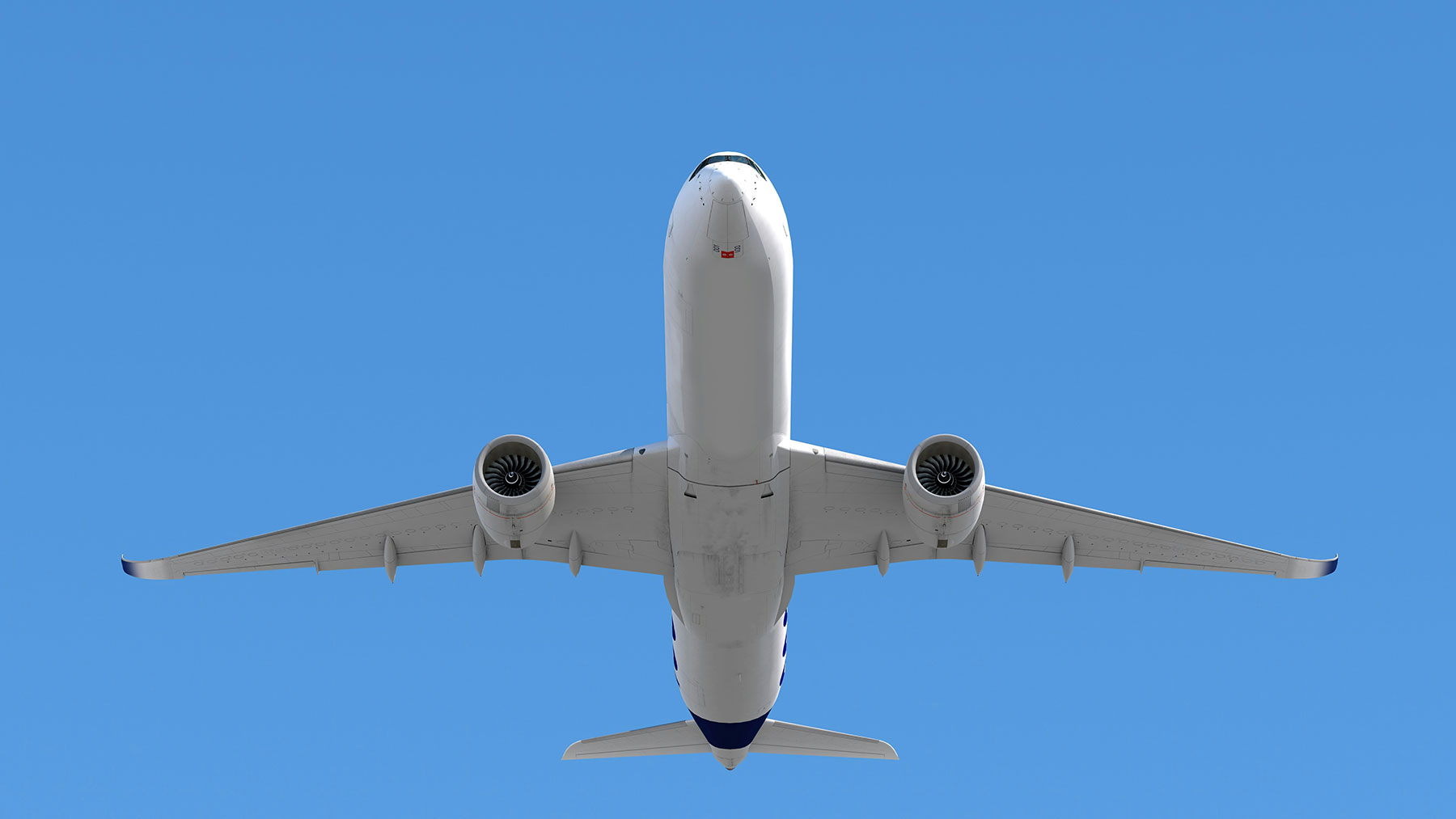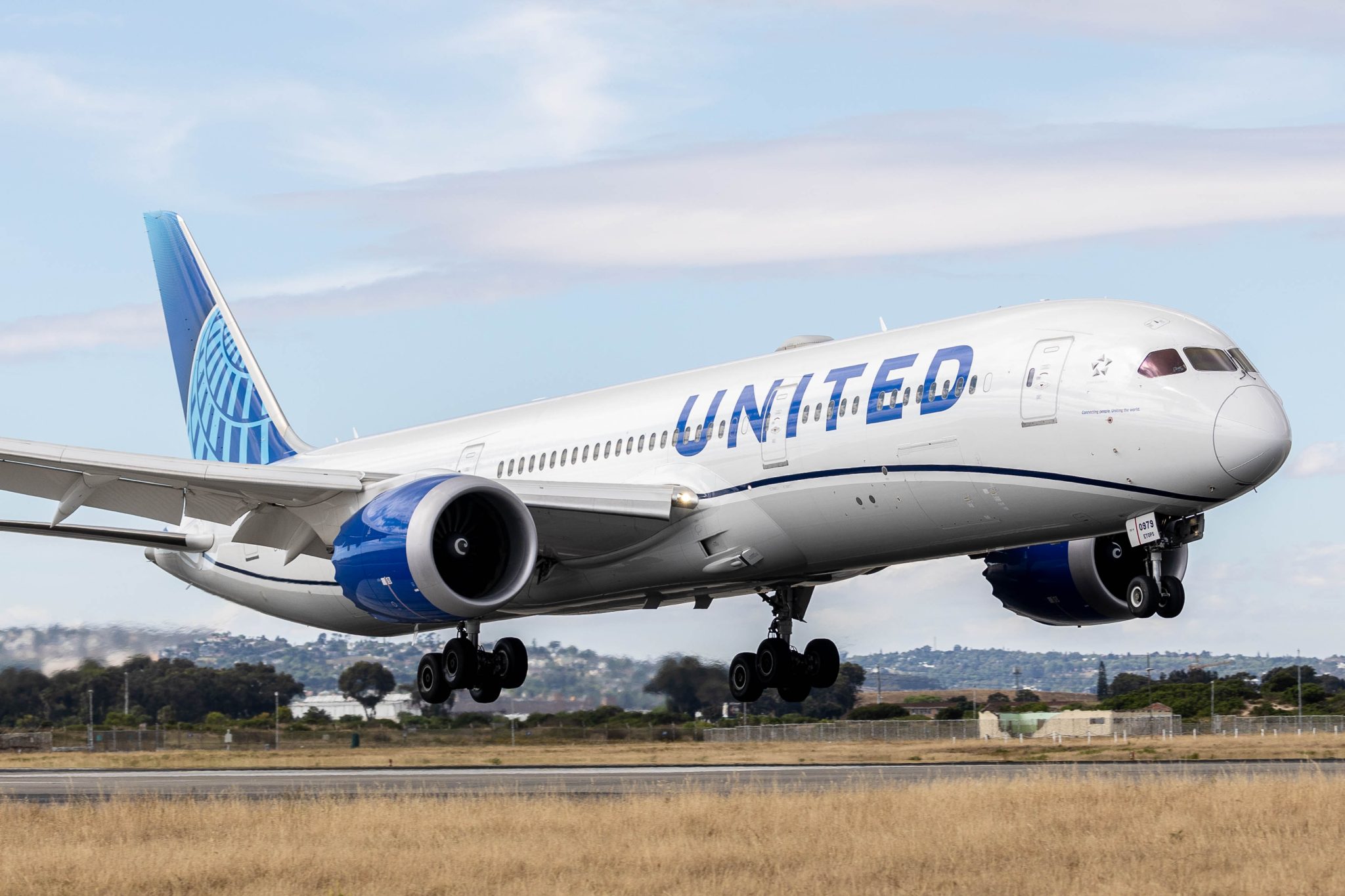The Federal Government of Nigeria has unveiled plans to completely reconstruct the old terminal at Lagos’s Murtala Muhammed International Airport (MMIA), as part of a broader effort to upgrade national aviation infrastructure to modern international standards.
Speaking on the development, Minister of Aviation and Aerospace Development Festus Keyamo highlighted that while strides have been made in recent years, much of Nigeria’s airport infrastructure, including MMIA, still lags behind global benchmarks. He stressed the importance of comprehensive upgrades to improve passenger experience and operational efficiency.
Constructed in 1977, the old terminal was originally built to handle just 200,000 passengers annually. Today, it processes approximately 3 million passengers per year, placing immense pressure on its facilities. Across the country, Nigerian airports serve a total of 15 million passengers annually.
The planned reconstruction will increase MMIA’s capacity to accommodate up to 20 million passengers annually. This forms part of President Bola Ahmed Tinubu’s wider vision to transform the aviation sector and strengthen Nigeria’s position as a key air travel hub in Africa. Detailed project plans are expected to be released in the coming weeks.
MMIA has already seen considerable investment in recent years. A key milestone was the commissioning of the new Terminal 2 in March 2023. This facility features 60 check-in counters, 16 departure desks, 28 arrival desks, five baggage claim belts, eight security screening points, and seven passenger boarding bridges, with an annual processing capacity of 14 million passengers. It also includes a 22-room hotel, executive lounges, a prayer room, and free Wi-Fi.
Despite these improvements, challenges persist—particularly in the ageing original terminal. The Federal Airports Authority of Nigeria (FAAN) is addressing these through ongoing rehabilitation efforts, including a $38 million refurbishment project intended to modernise the terminal while keeping it operational throughout the construction period.
The complete reconstruction of MMIA’s old terminal represents a critical step forward in Nigeria’s aviation strategy, with the goal of aligning the sector with global standards and enhancing the travel experience for all airport users.


